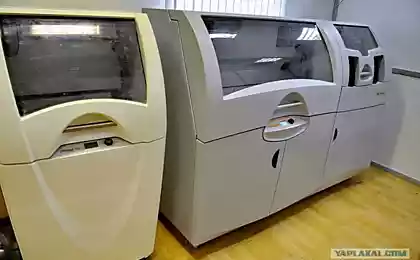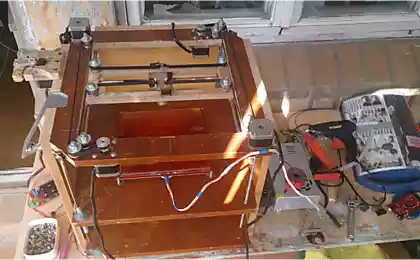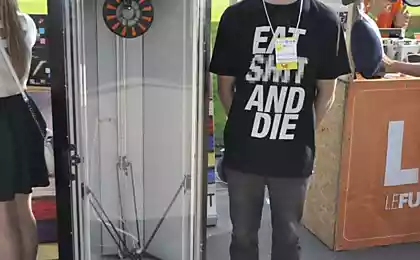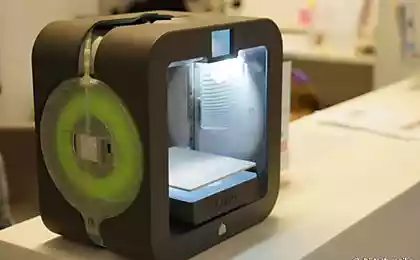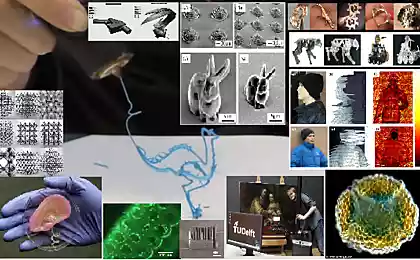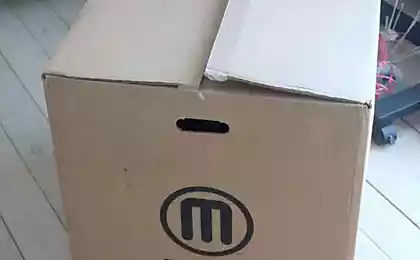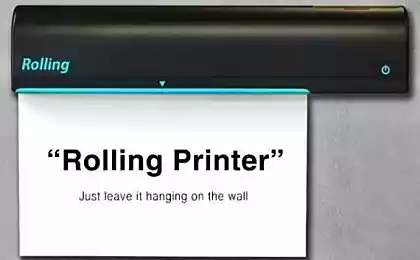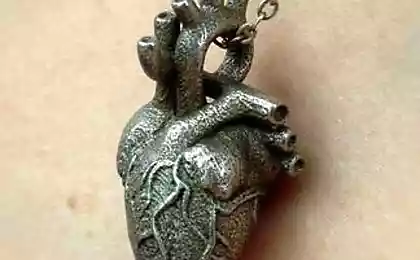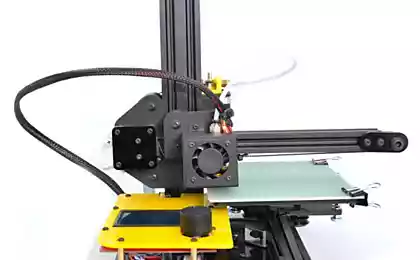504
3-D tehnologii in cooking: chocolate confectionery to the burgers

In October 2014, Moscow hosted the exhibition of technologies of 3D-printing and scanning – 3D Print Expo, which was able to unite under one roof all those interested in modern 3D technology.
One of the exhibitors was Natural Machines (Spain), which brought to Russia the unique 3D food printer. Our reporters talked to Emilio Sepulveda, co – founder and CEO of this company and part-Creator of Foodini, the first 3D printer that works with sweet and savoury dishes.
Emilio told how to use 3D printers in cooking, what dishes you can print and why people are attracted to this.
A small note about the company:
Natural Machines was founded in 2012 and has already sold several patents that cover new systems and technologies. The company's products are in demand in more than 45 countries, including Russia.
— Tell us about your 3D-printer Foodini: how it works and how they need to use it?
— Especially in the framework of the exhibition 3D Print Expo, we have brought to Russia a special printer – Foodini that prints food. It works on the same principle as other similar devices for three-dimensional print only cartridges it is not plastic or ink, and food ingredients — for example, dough or chocolate.
Foodini works FDM technology (layer-by-layer overlay material). The printer extrudes a liquid material to the platform for printing, forming eventually a solid design.
The device is equipped with 5 capsules for 5 different ingredients, each of which can be squeezed with varying pressure and temperature.
These capsules need to fill ready-made materials in the pasty state prepared with a hand blender or in some other way.
Created 3D product can be consumed immediately after manufacturing (for example, if it's a dessert) or you need to give its heat treatment (if you printed pasta or pizza).
— Why do you think people began to print on a 3D printer food?
— You can name at least three reasons why they do that. First, people want to control the entire cooking process to make sure that it is. So, food from the supermarket may be insufficient or may not be appropriate in taste. So if you don't want to buy food in stores, but you have no time to cook, then the Foodini printer is a good choice.
The second reason is customization, that is, people want their order was special, including the decor, taste, size, etc. Printer Foodini gives everyone that opportunity.
Third, the 3D printer embodies the fantasies of many professional chefs and Amateurs.
The idea of the project Foodini is to inspire more people to eat healthy homemade food from fresh ingredients. The task of the printer is not to automate the whole process of cooking, and to implement per person, recurring operations (for example, the modeling of dumplings).
— Interestingly, the dish does not lose your taste in the printing process?
In our case the taste of the finished meal will entirely depend on the ingredients from which it is prepared. If you use good, fresh food – the dish will be great, if not, the machine can not affect it.
— How do you think how popular this service in Europe and whether it is likely to become common in Russia?
— 3D printing of food has become much more popular in Europe than in China or the United States. As far as I know, in the UK there is a printer that prints chocolate. I think this service will find its admirers.
As for the Russian market, before the show I wrote, many people from Russia who are interested in food 3D printing. Also, directly during the event, visitors showed great interest in our services.
— Tell me, how often do you personally eat culinary 3D masterpieces?
— I have no printer at home, but sometimes I eat what we print in the office. It may be biscuits or some chocolate. Perhaps even every day (laughs. – Ed.).
Source: www.robo-hunter.com/news/3d-tehnologii-v-kulinarii-ot-shokoladnih-izdelii-do-burgerov
Amazing anti-aging properties of beets
Physicists have linked the wave-particle duality and the uncertainty principle


